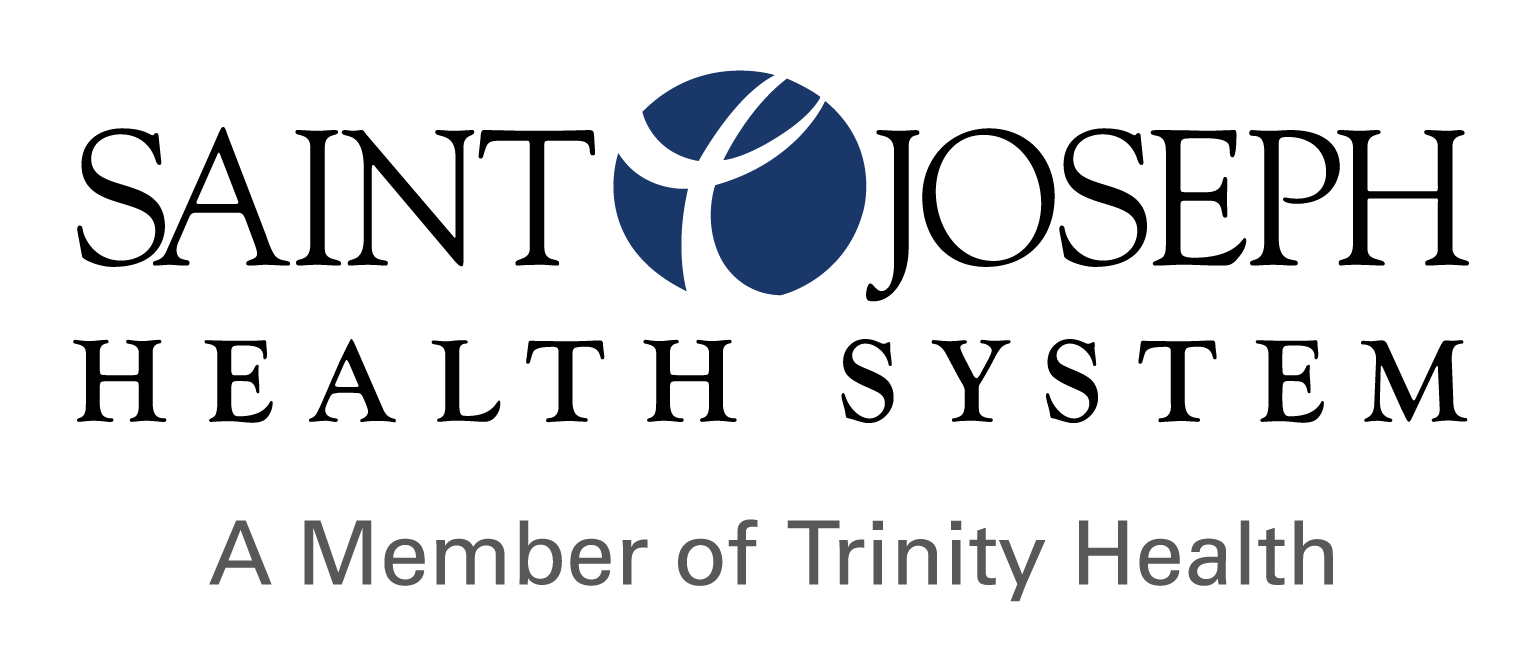Why You May Have Shortness of Breath and How to Handle It
January 8, 2024Shortness of breath is a common symptom, often dismissed as a minor inconvenience. Yet it can sometimes be indicative of underlying health issues that deserve your attention. Understanding the nuances of this symptom is not just about respiratory health but can start you on the track towards overall well-being.
We spoke with Donald Westerhausen, MD, pulmonologist at Saint Joseph Health System, about how patients can find relief from shortness of breath. "Few sensations are as frightening as not being able to get enough air. While shortness of breath can be a minor symptom, it can also come suddenly and severely. See your doctor as soon as possible if this occurs," says Dr. Westerhausen.
What is shortness of breath?
There is a big difference between shortness of breath and your normal breathing. Normal breathing is an automatic, rhythmic process that provides the body with the oxygen it needs. Shortness of breath, on the other hand, refers to a sensation of breathlessness or difficulty breathing that is abnormal. It can manifest as various signs and symptoms that may differ based on its underlying cause. These can include:
- Rapid or shallow breathing
- Tightness or discomfort in the chest
- Wheezing or a whistling sound during breathing
- Cyanosis (bluish tint to the lips or fingertips)
- Difficulty performing routine activities without becoming breathless
While occasional breathlessness after strenuous activity is normal, persistent or sudden-onset shortness of breath can be indicative of an underlying health issue. Factors such as the duration, frequency, and associated symptoms should be carefully considered to determine whether seeking medical attention is necessary.
"If you're experiencing new symptoms of shortness of breath then that's something that should be evaluated," says Dr. Westerhausen. "For example, if you have tightness in your chest during an activity where that's never happened before, there may be an underlying cause. Also, if you're still feeling certain symptoms during rest, that's also a sign to get evaluated."
What are the causes of shortness of breath?
Shortness of breath is a symptom of other health conditions rather than a disease on its own. Therefore, there are numerous respiratory or cardiac issues that can cause shortness of breath, including:
- Asthma: Inflammation of the airways, leading to difficulty in breathing.
- Chronic Obstructive Pulmonary Disease (COPD): An umbrella term for conditions that cause airflow obstruction.
- Heart Failure: Weakened heart muscles may struggle to pump blood effectively, leading to fluid buildup in the lungs and shortness of breath.
- Angina: Reduced blood flow to the heart muscle can cause chest pain and difficulty breathing.
There are also lifestyle factors that can cause difficulty breathing. For example, a lack of regular physical activity can contribute to poor cardiovascular health, leading to reduced lung capacity and increased breathlessness. Obesity is another cause where excess weight puts strain on the respiratory system. Smoking is another serious concern; tobacco, vape and marijuana smoke can lead to conditions like chronic bronchitis and emphysema.
"Lifestyle factors are the first things that I check for when a patient comes in complaining of shortness of breath or breathing difficulties. The choices you make for your health matters," says Dr. Westerhausen. "There are cases where a patient comes in with shortness of breath symptoms, but we can't find any underlying causes. Rather, their lack of exercise or sedentary lifestyle make it difficult to breathe properly."
How can I treat and prevent shortness of breath?
If you experience symptoms of shortness of breath, it's important to get evaluated by a medical professional. They can provide different treatment options – holistic or otherwise – that can help alleviate the symptoms. With that being said, there are things you can do to prevent shortness of breath and improve your overall well-being.
Start with breathing exercises. Practice deep, controlled breaths by engaging the diaphragm to enhance lung capacity. Other ways to improve lung capacity and keep them functioning their best include:
- Regular Exercise: Engage in activities that promote cardiovascular health, enhancing lung function and reducing breathlessness.
- Healthy Diet: Maintain a well-balanced diet rich in nutrients to support overall health and weight management.
- Smoking Cessation: Quitting smoking can significantly improve respiratory health and reduce the risk of chronic conditions.
Your physician may prescribe medications, including anti-inflammatories, bronchodilators which widen the airways, and cardiac medications to improve heart function. There are other medical interventions that can be used depending on the underlying causes. For example, oxygen therapy may be recommended for severe respiratory distress or antibiotics for pneumonia.
"When a patient sees a pulmonologist, they will explain their health history, symptoms and other factors that may contribute to shortness of breath. We also look at their medical history. Usually, a blood test and chest X-ray are given to make sure that their lungs look okay," says Dr. Westerhausen.


